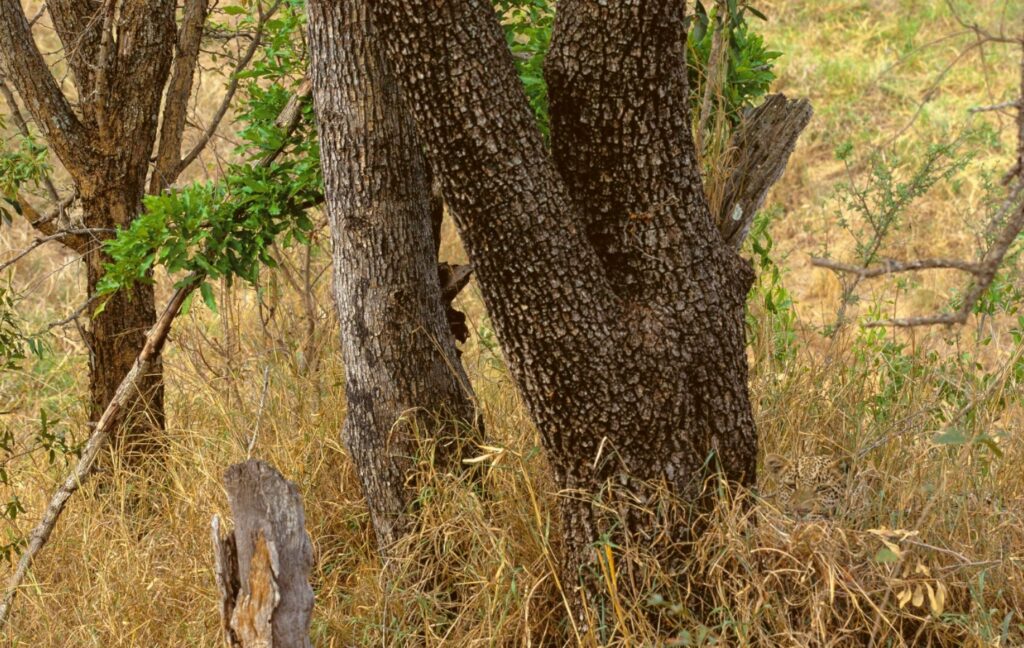Fading illusions play hide-and-seek with your perception
 The biggest problem with the camouflage examples we see on the internet is that they create the perception that all individuals of the species have perfect or near-perfect camouflage ability. However, intraspecific diversity and the current state of environmental conditions directly affect the camouflage ability of a specific individual of a species. However, since the most extraordinary ones are shared more on the internet, a perception is created as if each individual of the species has access to a magnificent camouflage at any time. This is similar to the problem of selectivity in perception that we saw with pareidolia. Therefore, it is important to recognize this fact and understand that not all examples of camouflage in nature are as extreme as the ones we will showcase here.
The biggest problem with the camouflage examples we see on the internet is that they create the perception that all individuals of the species have perfect or near-perfect camouflage ability. However, intraspecific diversity and the current state of environmental conditions directly affect the camouflage ability of a specific individual of a species. However, since the most extraordinary ones are shared more on the internet, a perception is created as if each individual of the species has access to a magnificent camouflage at any time. This is similar to the problem of selectivity in perception that we saw with pareidolia. Therefore, it is important to recognize this fact and understand that not all examples of camouflage in nature are as extreme as the ones we will showcase here.
Leopard camouflage is a remarkable natural adaptation that allows leopards to blend seamlessly into their environment. This form of camouflage is primarily visual and involves both the color and the pattern of the leopard’s fur. Here’s a detailed look at how leopard camouflage works:
1. **Pattern and Coloration**
– **Roaming Roasettes**: Leopards have a distinctive coat pattern characterized by rosettes—circular or flower-shaped marks with a darker outer rim and a lighter center. These rosettes are irregular and unique to each individual, much like human fingerprints.
– **Color Variability**: The base color of a leopard’s fur can vary significantly depending on its habitat. It generally ranges from a light yellow in desert regions to a dark golden in forested environments.
2. **Adaptation to Habitat**
– **Forest Dwellers**: In dense forests, the dark and irregular patterns of rosettes mimic the play of sunlight through the leaves, breaking up the leopard’s outline and making it less visible to both prey and predators.
– **Arid Regions**: In more arid and open areas, the lighter fur helps leopards blend with the dry grass and shrubs, providing similar protective concealment.
3. **Behavioral Adaptation**
– **Stalking and Ambush**: Leopards are solitary animals, primarily nocturnal, and their hunting technique involves stalking close to the ground. Their camouflage is crucial in keeping them hidden as they approach their prey.
– **Resting and Safety**: During the day, leopards often rest in trees or dense bush. Their patterned coat blends into the background, keeping them hidden from other predators and disturbances.
4. **Evolutionary Advantage**
– **Survival**: The effectiveness of their camouflage plays a critical role in their ability to hunt successfully and avoid larger predators.
– **Reproduction**: Being less visible also helps in protecting their young, which are vulnerable to other predators.
5. **Impact of Environment**
– **Change in Patterns**: Environmental changes and the resulting adaptations can influence the effectiveness of a leopard’s camouflage. For example, in snow-covered areas, leopards like the Amur leopard have a much paler coat, providing better concealment.
6. **Human Interaction**
– **Mimicry in Fashion**: The leopard’s pattern has been widely mimicked in fashion and design, though this has sometimes contributed to poaching pressures when real furs are used.
– **Conservation**: Understanding and appreciating the functionality of leopard camouflage helps in promoting conservation efforts to protect their natural habitats.
Leopard camouflage is a perfect example of evolution’s finesse, demonstrating how species adapt physically and behaviorally to their environments for survival.







